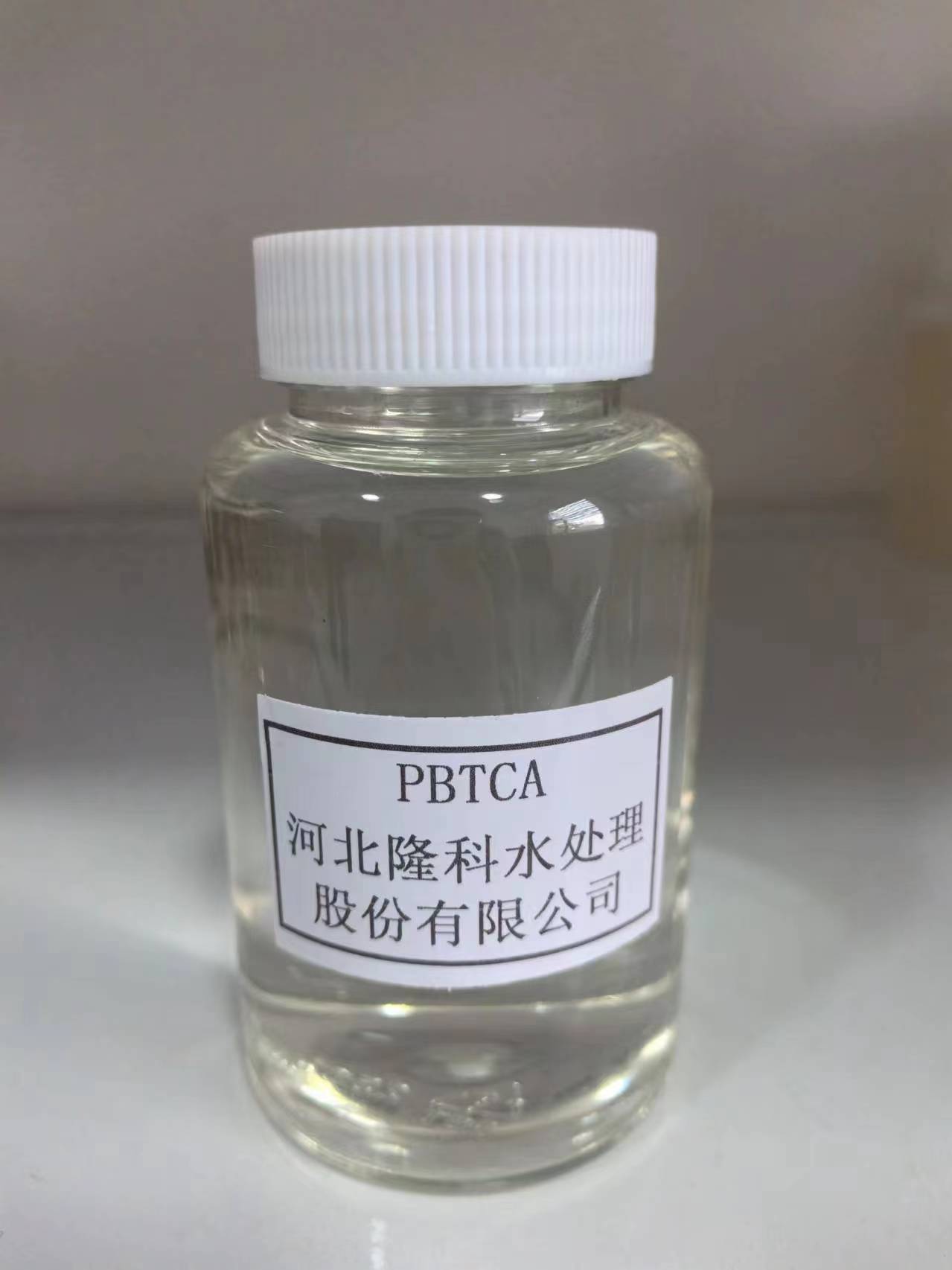use of poly aluminium chloride in water treatment
The Use of Poly Aluminium Chloride in Water Treatment
Water is essential for life, and its treatment is crucial to ensure that it is safe for human consumption and environmental sustainability. In the realm of water treatment, various chemicals are employed to purify water, remove impurities, and ensure its potability. One such chemical that has gained significant attention in recent years is Poly Aluminium Chloride (PAC). This article explores the properties, benefits, and applications of PAC in water treatment.
Poly Aluminium Chloride is an inorganic compound that is often used as a coagulant in the treatment of surface water and wastewater. Its chemical composition includes aluminum ions and chloride ions, which contribute to its effectiveness in destabilizing colloidal particles in water. PAC is typically available in powdered or liquid form and possesses a higher charge density compared to traditional aluminum sulfate, making it a powerful agent for coagulation.
One of the primary benefits of using PAC in water treatment is its efficiency in removing suspended solids, organic matter, and other impurities from water. When added to water, PAC works by neutralizing the surface charge of colloidal particles, causing them to agglomerate into larger flocs. These flocs can then be easily removed through sedimentation or filtration, resulting in clean and clear water. This process not only improves water quality but also reduces the demand for additional treatment chemicals, making the process more cost-effective.
Another significant advantage of PAC is its versatility in treating various water types. It can be used in the treatment of drinking water, industrial wastewater, and even in the treatment of sewage. This adaptability makes PAC a preferred choice in many water treatment facilities worldwide. Additionally, PAC demonstrates effective performance across a wide range of pH levels, which enhances its application in diverse environments.
use of poly aluminium chloride in water treatment

The implementation of PAC in water treatment systems also leads to the reduction of harmful disinfection by-products. Traditional coagulants like aluminum sulfate can react with natural organic matter in water, forming undesirable compounds during disinfection. PAC, on the other hand, helps minimize these reactions, leading to safer water for consumption and usage. This attribute is particularly important as regulatory standards for water quality continue to tighten, pushing for safer and more effective treatment methods.
Moreover, PAC has shown improved settling properties compared to traditional coagulants. The larger and denser flocs produced by PAC allow for faster sedimentation, enhancing the overall efficiency of the water treatment process. This rapid settling not only accelerates the clarification process but also reduces the area required for sedimentation tanks, leading to potential savings in infrastructure costs.
Despite its many benefits, it is crucial to consider the environmental impact of using PAC. Proper dosage and monitoring are essential to prevent excessive aluminum residues from entering water bodies, as high levels of aluminum can be toxic to aquatic life. Therefore, water treatment facilities must ensure compliance with environmental regulations and best practices to mitigate any negative effects.
In conclusion, Poly Aluminium Chloride is a highly effective coagulant in water treatment, offering numerous advantages over traditional methods. Its ability to enhance coagulation processes, reduce chemical usage, and minimize harmful by-products makes it a valuable tool in ensuring water quality. As water treatment challenges continue to evolve, the use of PAC is likely to expand further, contributing to the sustainability and safety of water resources worldwide. With appropriate management and careful application, PAC can play a pivotal role in achieving cleaner and safer water for all.
-
Water Treatment with Flocculant Water TreatmentNewsJun.12,2025
-
Polymaleic AnhydrideNewsJun.12,2025
-
Polyaspartic AcidNewsJun.12,2025
-
Enhance Industrial Processes with IsothiazolinonesNewsJun.12,2025
-
Enhance Industrial Processes with PBTCA SolutionsNewsJun.12,2025
-
Dodecyldimethylbenzylammonium Chloride SolutionsNewsJun.12,2025





